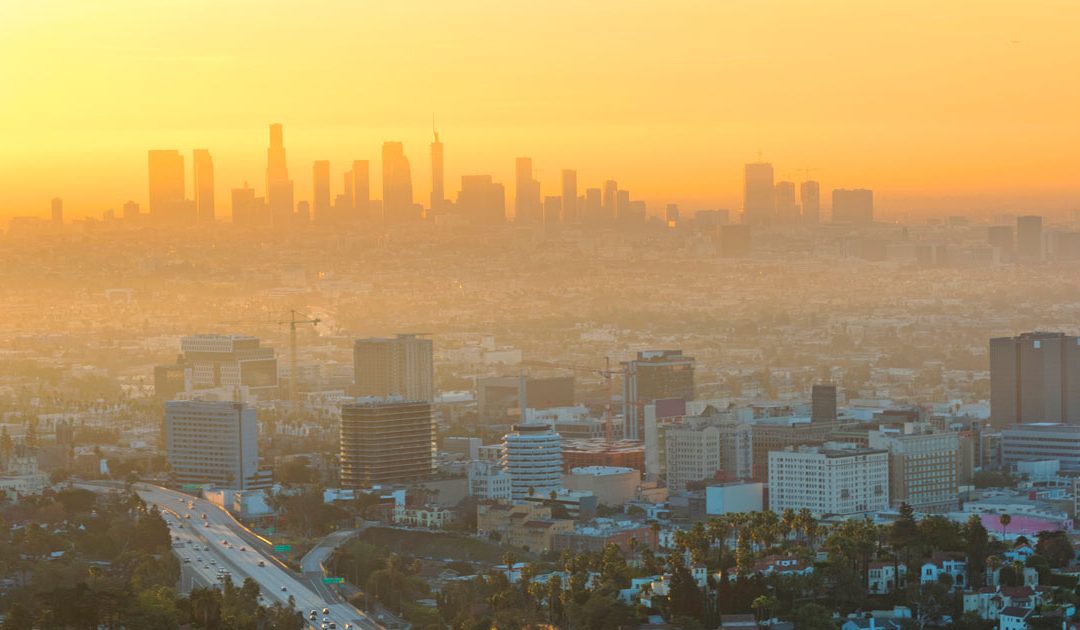There are 86 coal power plants currently in operation in the US. Collectively, they have a capacity of 107 GW of electricity, and provided 27% of the nation’s total power in 2018.
They emit 1.97 billion metric tons of carbon dioxide each year. It is fairly well accepted that these human carbon emissions are a contributor, to some degree, to global temperature increases. To what degree, and whether these increases are detrimental, benign, or beneficial, is a bit more controversial (to put it mildly). I am, at this juncture in time, both a lukewarmist and of the belief that global warming cannot be remediated by the current scheme of brute-force conversion to wind and solar power.
Global warming is, however, irrelevant to today’s discussion.
Those carbon plants also emit 5.4 million tons of sulphur dioxide, a pollutant about which there is very little controversy (see: acid rain). In addition, they emit countless tons of particulates. By one report, 30,000 deaths per year are attributable to particulate pollution. Again, very little controversy here. These are actual pollutants, that do actual, present-day harm to our health and to the ecosystem.
The nation has seen enormous strides in the reduction of these pollutants. This reduction derives from the combination of shifts away from coal to natural gas and renewables and improved tech at coal plants.
Still, there’s room for further improvement.
There is much talk amongst the pack of Democratic Presidential hopefuls of a “Green New Deal” that would (among many other things) commit the nation to converting wholly to “renewables” i.e. wind and solar. That nuclear power is excluded from this plan is both counterfactual and politically motivated, but there’s a softening in the anti-nuke mindset that currently permeates enviro-activist circles. While wind and solar make sense where they make sense, there are significant obstacles to going all-in, including the vast amounts of land required (and the NIMBY and eminent domain issues that are already popping up), the heavy environmental cost of mining the rare-earth elements required, and the matter of totally reconfiguring the nation’s distribution infrastructure that the Green New Deal acknowledges (although it touts this as a jobs ‘positive’).
Were I a Democratic Presidential candidate, I’d differentiate myself from the pack and grab me some genuine Green bona fides by highlighting the public health concerns associated with coal plants (even the new ones). Beyond the aforementioned particulates, there is the acid rain caused by sulphur dioxide, the fact that coal plants emit 200x more radiation than similarly sized nuclear plants, via the (no-longer-trace) quantities of uranium and thorium that exist naturally in coal. While the actual public health concern from low-level radiation emissions such as these is a matter of dispute, that deriving from particulates and sulphur dioxide isn’t.
There are currently 60 nuclear power plants in the US, with 98 active reactors. Nuclear power provides about 20% of the nation’s electricity. The proposal I’d offer the Democratic candidate is bold but simple:
Replace all the nation’s coal plants with nuclear plants, over the next decade.
Modern nuclear reactor designs are “fail-safe,” i.e. they cannot have a catastrophic failure because they simply stop “reacting” when things go wrong, and they can run up to 20 years without refueling. That’s refueling, not reconstructing, and it only takes a few weeks to accomplish. By comparison, the average wind turbine has a life of about 20-25 years, after which a substantial portion of it (including the blades) cannot be salvaged or recycled.
As a matter of public health, it’s absolutely a no-brainer. As a matter of economics, the biggest obstacle and cost driver re nuclear power is the regulatory state, and if a common, modern, modular design was adopted by an administration willing and eager to advance nuclear power, the economy would be quite happy. And, if we simply decide to site the nuke plants where the coal plants are, we benefit from the existing infrastructure.
Of course, this isn’t strictly libertarian, since it would involve the government (the US government is deeply intertwined in commercial nuclear power generation), both in oversight and in execution, but the idea here is to advance a “good idea” public health narrative that’s more realistic than replacing every coal plant with wind or solar (again – they make sense where they make sense, but they are geographically dependent whereas nuclear power is not, and they are intermittent whereas nuclear power is not).
And, it’s an idea that anyone who likes clean air, whether or not they are true believers in or major skeptics of catastrophic anthropogenic global warming, can warm up to. As many die each year from particulate pollution as are killed in auto accidents, and the broader impact on public health goes way beyond those deaths.
If you’re not already on-board with and informed on nuclear power, you might be tempted to respond with “Fukushima,” “Three Mile Island,” “Chernobyl,” or “nuclear waste.” Before you do, I suggest two things: read some facts, and watch the documentary Pandoras’s Promise. And, I’ll prime you with some facts. Three Mile Island, the worst accident in US nuclear history, not only produced a death toll of zero, not even a single instance of cancer can be attributed to the small radiation release that occurred. Almost ditto for Fukushima – Japanese authorities recently announced the first radiation-related death from Fukushima, many years later. Nuclear power’s safety record in the West is absolutely unparalleled. As for Chernobyl, what the Soviets did there, in design, in construction, and in response, was criminal, and is so far outside the realm of possibility in the West as to be irrelevant to this discussion. Finally, all the problems with nuclear waste are political. We know how to deal with it, and we know how to do so very well.


“… totally reconfiguring the nation’s distribution infrastructure that the Green New Deal acknowledges (although it touts this as a jobs ‘positive’).”
I read this and think of the “Broken Window Fallacy” could the money spent on reconfiguring the infrastructure be better spent elsewhere?
How many closed Coal Plants are out there that would be acceptable sites for NP?
Yes, indeed, “broken windows fallacy” is at play here, but the primary goal here is public health, and as a matter of public health, moving away from coal provides substantial benefits.
And, yes, it’s not a promise that would be fulfilled en toto, for siting reasons, for political reasons, etc, but if even half get done, it’d be a big deal, and *miles* better than the GND.
Peter,
I’ve been following your writings for years – very thought provoking!
Question: What do you think should be done with nuclear power radioactive waste? I don’t think I’ve seen you address that.
Thanks!
Tom
Thomas K. Tomosky, Ph.D.
Owner, Tomosky Consulting
Office: 724-235-2503 (US, Eastern time zone)
LinkedIn: http://www.linkedin.com/pub/thomas-tomosky-ph-d/2/631/644
I’ve touched on it briefly here and there. Briefly, because it’s only an issue in a political sense.
Yucca Mountain in Nevada was built to manage all the nation’s nuclear waste, and it would have done that splendidly. But, Harry Reid killed it in a fit of NIMBY muscle flexing, so we don’t have a long term solution that’s currently active.
But, to repeat, the problem is political, not technological. We know how.
And, we know better and better each year. I’m out of that game for a while now, but I know that the tech progresses.
Pandora’s Promise, the documentary I flog from time to time, covers the issue.
There is d spent fuel, the problems are cost and that this is a source for Plutonium.
If we can rely on the hope for super efficient battery, we should be able to rely on super inexpensive reprocessing of fuel rods. The Plutonium could be used in other power plants as well.
Lots of local thorium reactors would significantly enhance the decaying grid too.